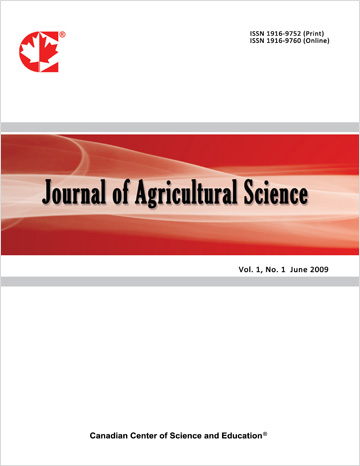Implementation of a Standardized Cloning and Propagation Protocol for Optimizing Cannabis sativa L. Cultivation
- Jose F. Da Cunha Leme Filho
- Spencer Schuchman
- Kaitlin E. Creager
- Gorman G. Saunders
- Andre A. Diatta
- Fardad Didaran
- Amy C. Boren
- Karla L. Gage
Abstract
The legalization and expanding applications of Cannabis sativa L. demand standardized cultivation practices to ensure consistency, quality, and compliance across the burgeoning cannabis industry, academia, and home growers. However, the historical legal status of cannabis has fragmented the knowledge base, leading to disparities in cultivation methodologies and outcomes. This manuscript introduces a pioneering standardized cloning and propagation protocol for Cannabis sativa L., developed through a comprehensive synthesis of current research, practical observation, and agronomic principles not documented specifically to cannabis yet. Aimed at addressing the gaps created by varied regulatory environments and the plant’s diverse applications, this protocol presents a scientifically grounded, replicable, and validated methodology for cannabis cloning. It leverages horticultural techniques to optimize clone genetic fidelity and adaptability, enhancing the plant’s research, medicinal, and commercial utility. The protocol’s development is informed by a review of the literature and controlled observations, ensuring its efficacy and reproducibility across different cultivars and growing conditions. By establishing an initial standard for cannabis cloning practices, this work makes a significant contribution to the field’s scientific advancement, providing a foundation for more consistent research outcomes and informed policymaking. Furthermore, it addresses the urgent need for methodological standardization in the face of cannabis’s complex legal and application landscape, paving the way for a more efficient, responsible, and scientifically robust approach to cannabis cultivation.
- Full Text:
 PDF
PDF
- DOI:10.5539/jas.v17n5p1
Journal Metrics
- h-index: 67
- i10-index: 839
- WJCI (2023): 0.884
- WJCI Impact Factor (2023): 0.196
Index
- AGRICOLA
- AGRIS
- BASE (Bielefeld Academic Search Engine)
- Berkeley Library
- CAB Abstracts
- ChronosHub
- CiteSeerx
- CNKI Scholar
- Copyright Clearance Center
- CrossRef
- DESY Publication Database
- DTU Library
- e-Library
- EBSCOhost
- EconPapers
- Elektronische Zeitschriftenbibliothek (EZB)
- EuroPub Database
- Excellence in Research for Australia (ERA)
- Google Scholar
- Harvard Library
- IDEAS
- iDiscover
- Jisc Library Hub Discover
- JournalTOCs
- KindCongress
- LIVIVO (ZB MED)
- LOCKSS
- Max Planck Institutes
- Mendeley
- MIAR
- Mir@bel
- NLM Catalog PubMed
- Norwegian Centre for Research Data (NSD)
- Open J-Gate
- OUCI
- PKP Open Archives Harvester
- Polska Bibliografia Naukowa
- Qualis/CAPES
- RefSeek
- RePEc
- ROAD
- ScienceOpen
- Scilit
- SCiNiTO
- Semantic Scholar
- SHERPA/RoMEO
- Southwest-German Union Catalogue
- Standard Periodical Directory
- Stanford Libraries
- SUDOC
- Swisscovery
- Technische Informationsbibliothek (TIB)
- Trove
- UCR Library
- Ulrich's
- UniCat
- Universe Digital Library
- WorldCat
- WRLC Catalog
- Zeitschriften Daten Bank (ZDB)
Contact
- Anne BrownEditorial Assistant
- jas@ccsenet.org
